Do you know how much
electricity your data center uses?
Of Company K's total electricity bill of 44,566,680 won,
approximately 70%, or 31,196,676 won, is used for computing.
Common features of computational
energy consumption
“Even now,
energy is being wasted!”

“If you can't measure it, you can't manage and save!”
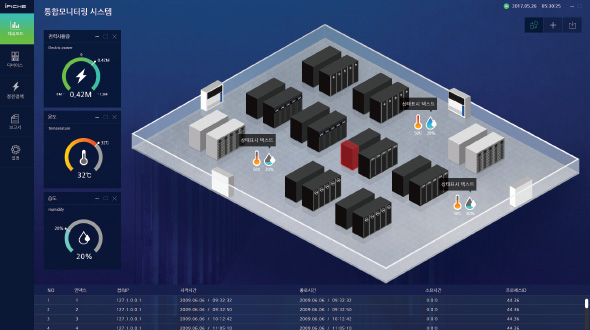
Intuitive user interface
Check your data center’s electricity usage and abnormalities at a glance
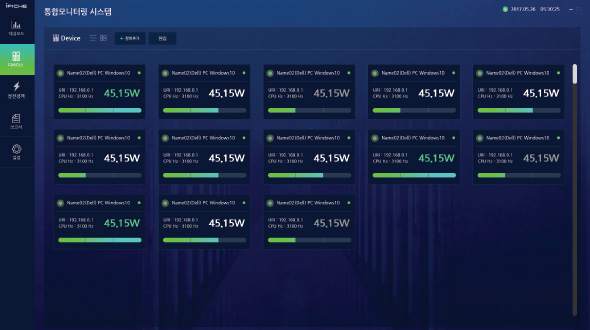
Flexible and diverse device interconnection
Support agent-based flexible equipment interconnection method Agent
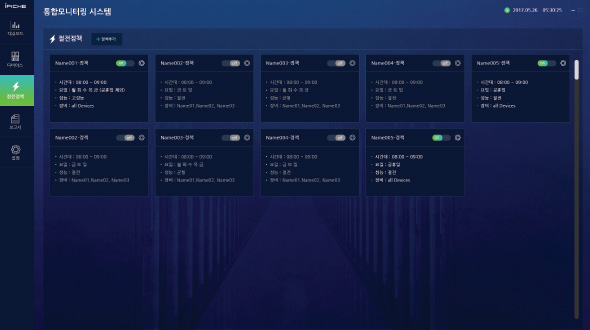
Energy management policy
Energy management policies for various options are applied.
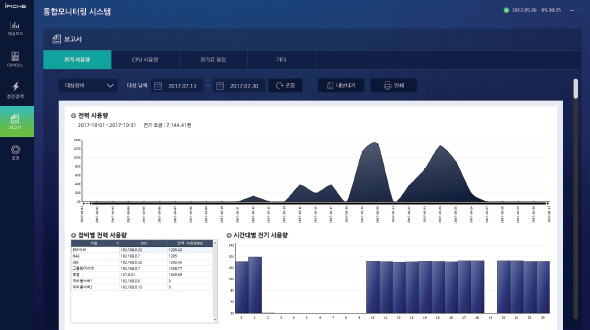
Report
Provide user-friendly reporting functions.
| Function | Content |
|---|---|
| Detection measurement |
Information is collected by measuring power information, costs, and CO2 emissions of devices and systems connected to the network using an agent method.
|
| Modeling policy settings |
After analyzing the collected power information by date, time, etc., set a power consumption control policy.
|
| Policy implementation control/savings |
When a savings policy is implemented, the savings process begins by controlling the power consumption of the device or system using system management, etc.
|
| Inspection and verification |
In the report menu, check power consumption, electricity bill, CO2 emissions, and daily reduction, and also compare usage and reduction, such as systems with high power consumption, division of efficient systems, or specific devices. As a result, conduct verification/analysis for additional savings, proceed with modeling policy settings, and continuously operate savings life cycle management.
|
| Function | Content |
|---|---|
| Detection measurement |
Information is collected by measuring power information, costs, and CO2 emissions of devices and systems connected to the network using an agent method.
|
| Modeling policy settings |
After analyzing the collected power information by date, time, etc., set a power consumption control policy.
|
| Policy implementation control / savings |
When a savings policy is implemented, the savings process begins by controlling the power consumption of the device or system using system management, etc.
|
| Inspection and verification |
In the report menu, check power consumption, electricity bill, CO2 emissions, and daily reduction, and also compare usage and reduction, such as systems with high power consumption, division of efficient systems, or specific devices. As a result, conduct verification/analysis for additional savings, proceed with modeling policy settings, and continuously operate savings life cycle management.
|
Integrated energy management solution that can be
quickly applied to various business environments